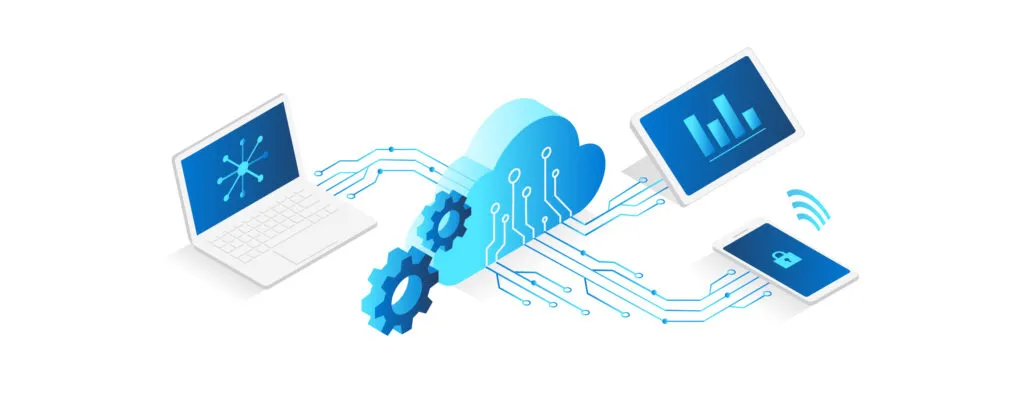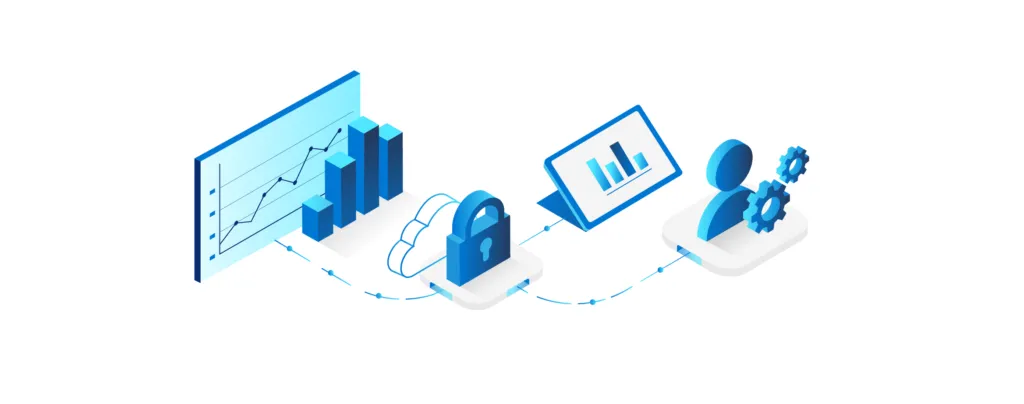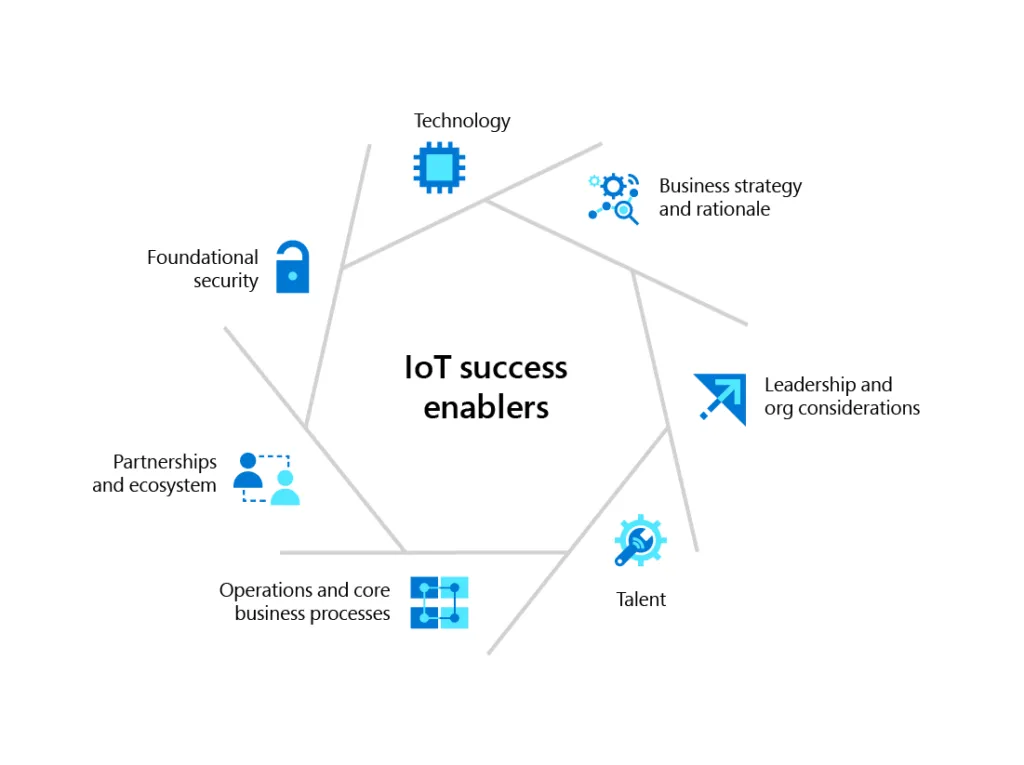
How to win with IoT in the digital marketplace

This blog is the fifth in a series highlighting our newest research, IoT Signals. Each week will feature a new top-of-mind topic to provide insights into the current state of IoT adoption across industries, how business leaders can develop their own IoT strategies, and why companies should use IoT to improve service to partners and customers.
In this blog series, we’ve provided key insights into how 3,000 enterprise decision-makers are thinking about the Internet of Things (IoT) and applying it to their business. Our research report, IoT Signals, has illuminated the fact that the majority of decision-makers are convinced that IoT is strategic to their business, have already launched at least one IoT initiative, and believe that IoT has the potential to solve numerous challenges across key industries and applications. In a previous blog, we addressed how manufacturers are using IoT to address key needs, such as automation, quality and compliance, and production planning.

Committing to IoT for the long-term
So what is the difference between those organizations that move forward with IoT and use this important business enabler to win—optimizing operations, transforming business processes, and creating new business models—and those that don’t?
In our work with BCG Group, we identified seven key ingredients that we believe are critical to driving long-term IoT success. They are:
- Leadership commitment – Enterprise decision-makers understand that IoT requires significant upfront investment and preparation to execute effectively. They’re committed to empowering teams to: craft a business case, find an appropriate use case, allocate budget, prepare data, set up cross-functional teams, foster business-technology collaboration, make key decisions, and work through business and technical difficulties to achieve the desired ROI. If initiatives don’t succeed, leaders also empower teams to do a hot wash on why, so they can solve for problems moving forward.
- Business strategies and technology road maps – While IoT teams may pilot one or even a few IoT initiatives to build organizational structures and competencies, enterprise decision-makers need to decide how IoT will be included in the company’s business and technology strategy, and create a long-term technology road map. Along with executive sponsorship, this road map will help keep teams focused on key initiatives that achieve desired business results and build to the desired technology future state.
- Talent shortage – In a previous blog, we discussed the current industry struggles to hire the broad talent bench required to execute IoT enterprisewide. Individuals with these skills will be in high demand, so it is important that companies create a talent strategy to buy or build these critical capabilities. Having a long-range IoT vision, strategy, and budget will prove to be a powerful lure in attracting top talent, who want to be at the leading edge of industry and technology and invent new capabilities.
- Operations and core business processes – IoT melds business and operational processes, IT, and operational technology, which reinvents the way the business is run. As they transform or create new processes, organizations will need to think about the value they want to create and involve a broader range of stakeholders, including business leads, front-line staff, IT, and operational technologists in architecting transformed processes. These cross-functional structures will become codified as IoT becomes strategic to the business.
- Partnerships and ecosystems – IoT initiatives typically involve third parties, such as IoT strategists, platform providers, analytics experts, system integrators, and security vendors. It’s important to involve these firms early and often, as third parties can provide strategic guidance and industry and IT expertise and enable compliance. Companies that partner with other IoT leaders can typically move further and faster than going it alone.
- Foundational security – In a previous blog, we addressed the need to consider security at the beginning of IoT and take a defense-in-depth approach to protecting sensors, devices, data, systems, and networks. While IoT vendors offer security tools, including device management, they are only a starting point. Whether companies are experimenting with IoT or incorporating it throughout their business, they should make sure they have built-in critical safeguards and redundancy to avoid exposure to physical and cyberattacks that could prove devastating and erode IoT commitment and business gains.
We hope you’ve enjoyed reading IoT Signals and invite you to apply the research to your own business. Download the IoT Signals report and read the Transform Blog on IoT projects to learn how global companies such as ThyssenKrupp, Bühler, Chevron, and Toyota Material Handling Group use IoT to drive value.
And in case you missed them, read the other posts in our series on the IoT Signals report:
- IoT Signals report: IoT’s promise will be unlocked by addressing skills shortage, complexity and security
- How manufacturers became world leaders in IoT adoption
- Solve the IoT security paradox to unleash innovation
- Addressing the coming IoT talent shortage
- How companies are speeding their IoT revolution




